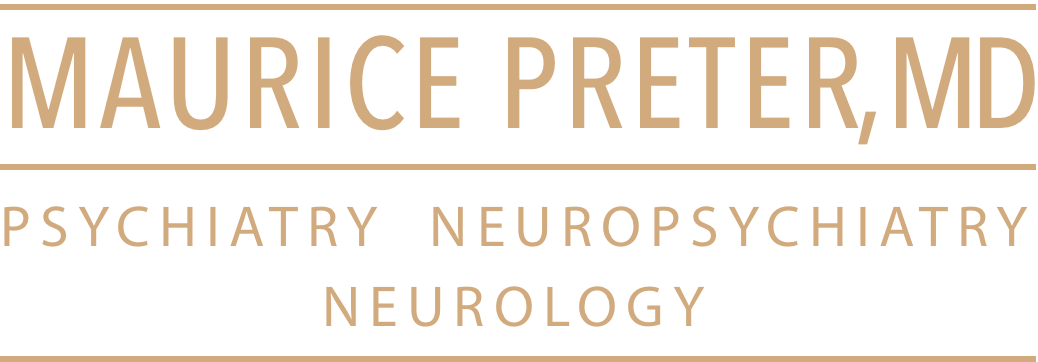Tag Archives: asthma
The antiviral and coronavirus-host protein pathways inhibiting properties of herbs and natural compounds – Additional weapons in the fight against the COVID-19 pandemic?
Abstract
Introduction
As of March 11th, 2020, the World Health Organization declared the COVID-19 outbreak a pandemic. Articles published after the SARS-CoV-1 (2002) epidemic suggest that the use of an herbal-drug integrative medical approach could have contributed to a lower fatality rate and a more rapid response in controlling the outbreak.
Methods
Pubmed was searched for articles that investigated the antiviral properties and mechanisms of action of herbs or natural compounds against the SARS-coronavirus (CoV).
Results
Forty-three (43) relevant papers were located. A general count rendered 450+ herbs and natural compounds with antiviral properties against the SARS-CoV and related viruses. From the 43 articles, thirty-one (31) uncovered the mechanisms of action of the natural substances able to oppose the coronavirus.
Discussion
A series of herbs and natural compounds demonstrated moderate to strong antiviral activity. Research on many herbs-natural compounds also showed potent and significant inhibition of CoV-host protein pathways responsible for different phases of viral replication specifically targeting 3CLPRO, PLPRO, RdRp, helicase protein, S protein, N protein, 3a protein, Cathepsin L, Nsp1, Nsp3c, and ORF7a, and the S protein/ACE-2 interaction.
Conclusion
The herbs-natural compounds with antiviral activity and that caused inhibition/blockade of the CoV-host protein pathways are potential therapeutic candidates. The homology between the SARS-CoV-1 and SARS-CoV-2 is around 80%. Thus, effective herbs-compounds for the former would likely be beneficial for the latter also depending on target protein similarities between the viruses. Here we provide the mechanistic bases supporting an integrative approach that includes natural compounds to fight coronavirus infections.
Keywords: Coronavirus, COVID-19, Herbs, Natural compounds, Antiviral, Pandemic Continue reading
A Review on Antibacterial, Antiviral, and Antifungal Activity of Curcumin
Curcuma longa L. (Zingiberaceae family) and its polyphenolic compound curcumin have been subjected to a variety of antimicrobial investigations due to extensive traditional uses and low side effects. Antimicrobial activities for curcumin and rhizome extract of C. longa against different bacteria, viruses, fungi, and parasites have been reported. The promising results for antimicrobial activity of curcumin made it a good candidate to enhance the inhibitory effect of existing antimicrobial agents through synergism. Indeed, different investigations have been done to increase the antimicrobial activity of curcumin, including synthesis of different chemical derivatives to increase its water solubility as well ass cell up take of curcumin. This review aims to summarize previous antimicrobial studies of curcumin towards its application in the future studies as a natural antimicrobial agent. Continue reading
Curcuma longa (turmeric). Monograph
Abstract
Curcuma longa, a perennial herb, is a member of the Zingiberaceae (ginger) family. The plant grows to a height of three to five feet, and is cultivated extensively in Asia, India, China, and other countries with a tropical climate. It has oblong, pointed leaves and bears funnel-shaped yellow flowers. The rhizome is the portion of the plant used medicinally; it is usually boiled, cleaned, and dried, yielding a yellow powder. Dried Curcuma longa is the source of the spice turmeric, the ingredient that gives curry powder its characteristic yellow color. Turmeric is used extensively in foods for both its flavor and color. Turmeric has a long tradition of use in the Chinese and Ayurvedic systems of medicine, particularly as an anti-inflammatory agent, and for the treatment of flatulence, jaundice, menstrual difficulties, hematuria, hemorrhage, and colic. Turmeric can also be applied topically in poultices to relieve pain and inflammation. Current research has focused on turmeric’s antioxidant, hepatoprotective, anti-inflammatory, anticarcinogenic, and antimicrobial properties, in addition to its use in cardiovascular disease and gastrointestinal disorders. Continue reading
Curcumin, an active component of turmeric (Curcuma longa), and its effects on health
Curcumin, an active component of turmeric (Curcuma longa), and its effects on health Continue reading
